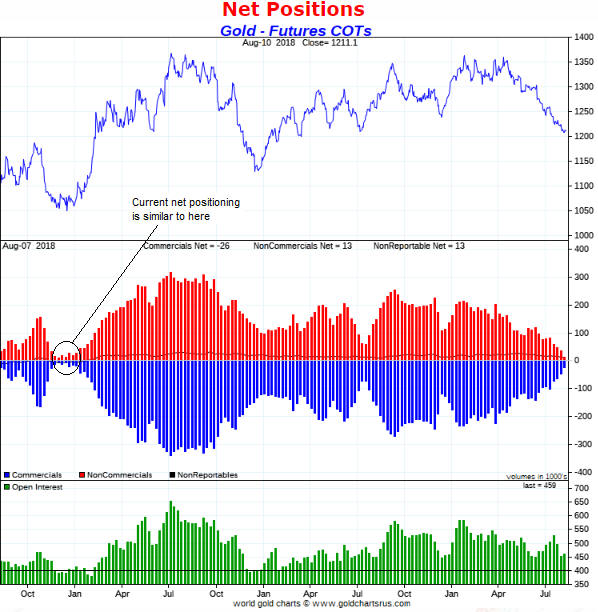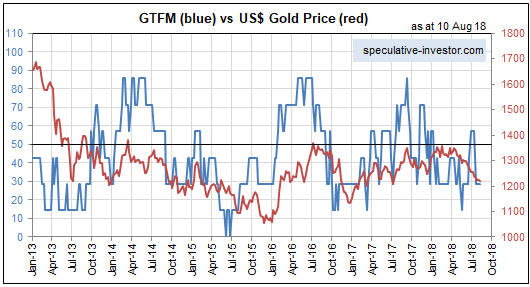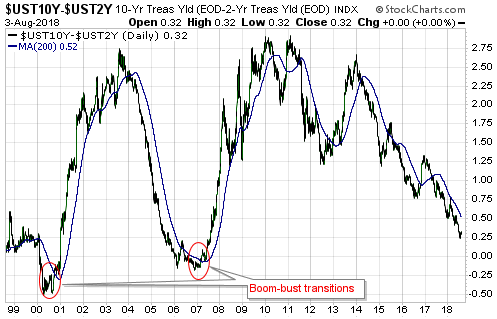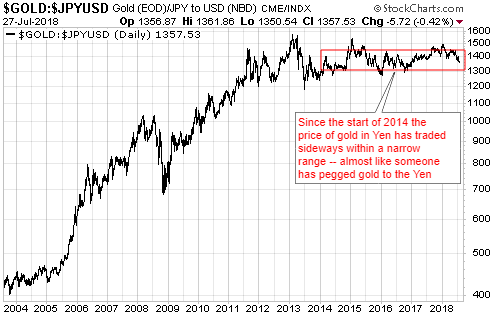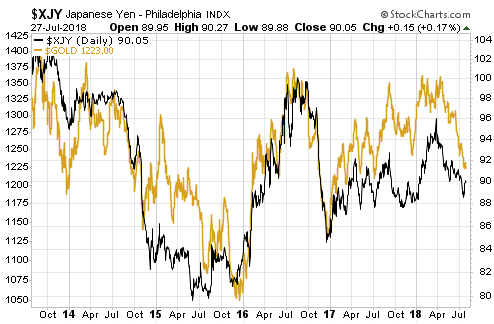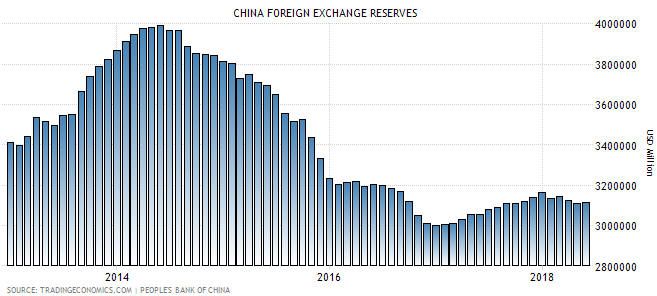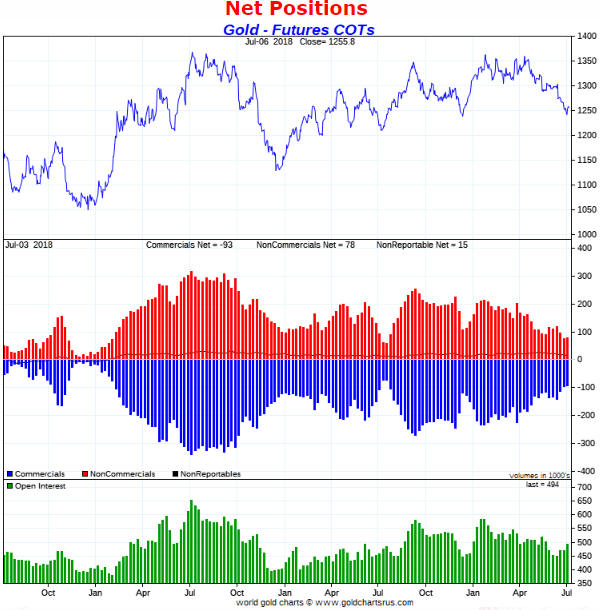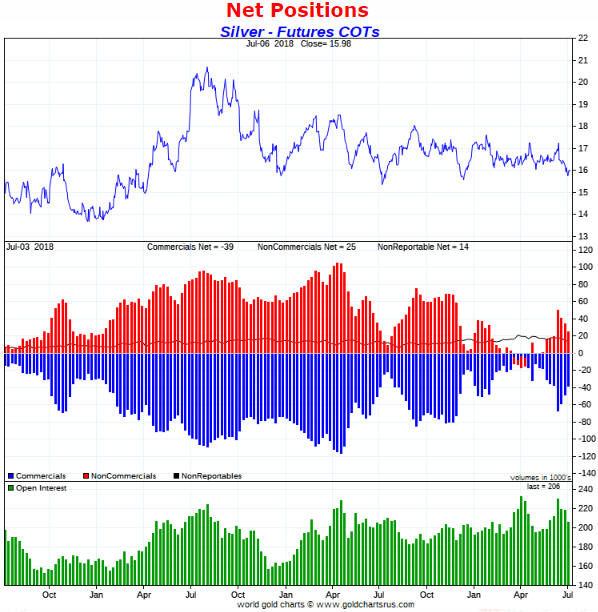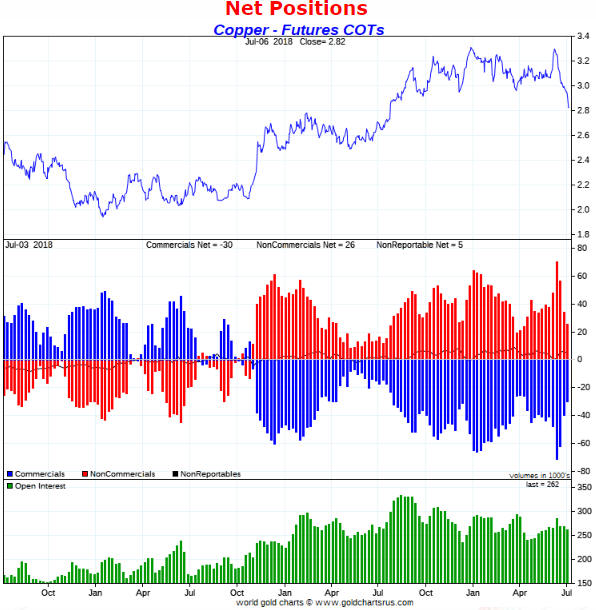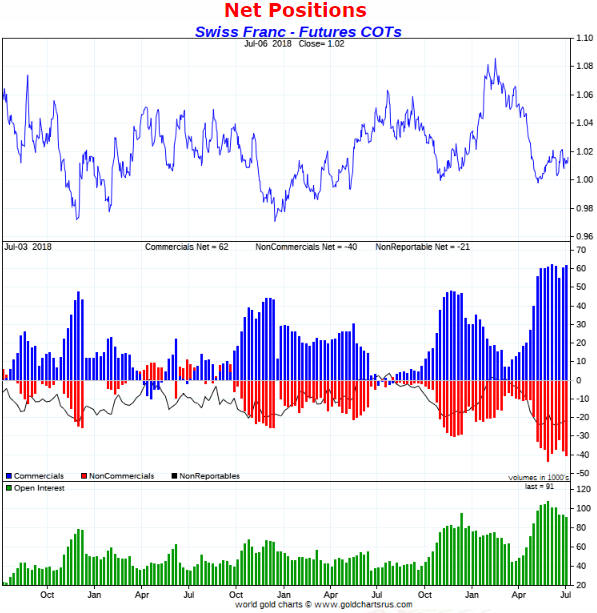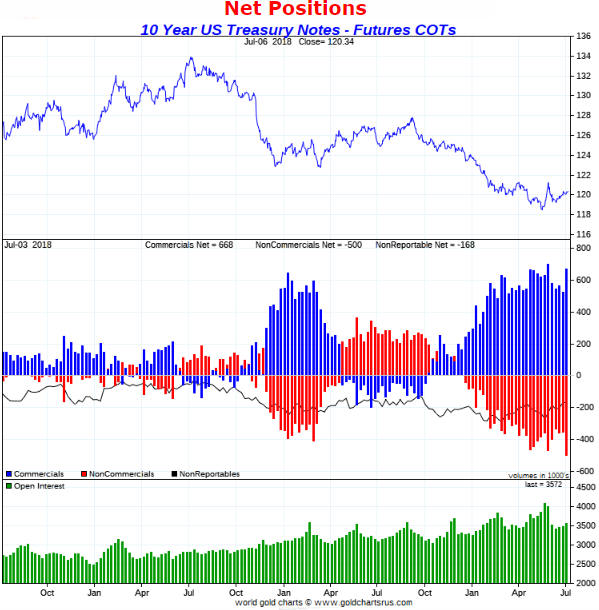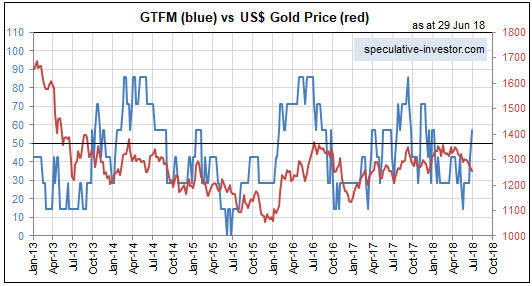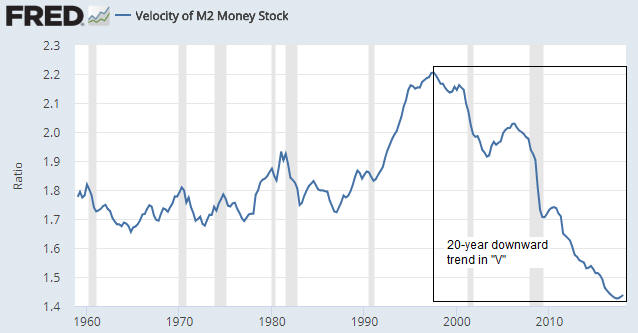[This post is a brief excerpt from a recent TSI commentary]
During the first three quarters of 2016 we were open to the possibility that a new cyclical gold bull market got underway in December of 2015, but over the past 18 months we have been consistent in our opinion that the December-2015 upward reversal in the US$ gold price did NOT mark the start of a bull market. Since late-2016 there have been some interesting rallies in the gold price, but at no time has there been a good reason to believe that we were dealing with a bull market. That’s still the case. The question is: what will it take to set a new cyclical gold bull market in motion?
The simple answer is that it will take a US equity bear market. However, this is not a practical answer because in real time there often will be no way of differentiating the first 6-9 months of an equity bear market from an intermediate-term bull-market correction. The most practical answer we can come up with is that it will take an upward reversal in the yield curve.
It has become popular to argue that due to extraordinary monetary policy the yield curve is not as important as it was in the past, but we strongly disagree. In our opinion the yield curve is, if anything, more important now — in the face of extraordinary monetary policy — than it has ever been.
The potential for the US yield curve to invert in the not-too-distant future is a red herring. Except to the extent that it influences the psychology of senior Fed officials, whether or not the curve inverts is neither here nor there. It’s the reversal from ‘flattening’ to ‘steepening’ that matters, regardless of whether the reversal happens before or after the curve inverts.
If the next major reversal of the yield curve is driven primarily by falling short-term interest rates then it will signal the onset of an economic bust. An economic bust would naturally coincide with an equity bear market and the start of a gold bull market. On the other hand, if the next major reversal of the yield curve is driven primarily by rising long-term interest rates then it will signal the onset of an inflationary blow-off that likely would go hand-in-hand with a powerful 1-2 year rally in the gold price and the prices of most other commodities.
Last week the 10yr-2yr yield spread, a proxy for the US yield curve, fell to within 2 basis points of the 10-year low reached in mid-July. Therefore, at this time there is no sign of an upward reversal.
 Print This Post
Print This Post

